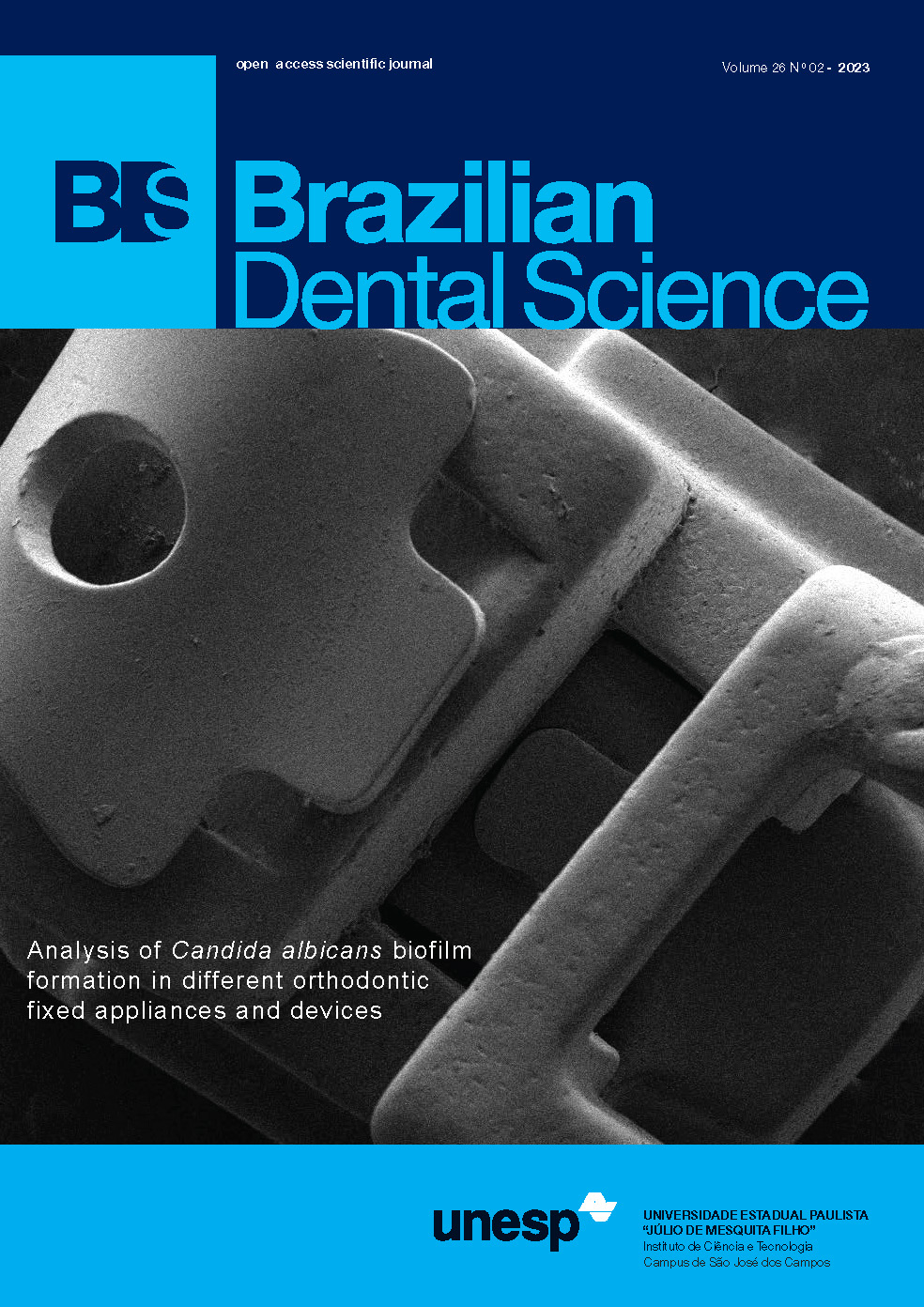Post-COVID-19 influence in orthodontic care from the patient’s perspective
DOI:
https://doi.org/10.4322/bds.2023.e3597Abstract
Objective: considering the behavioral and paradigm changes due to the social isolation imposed by the new coronavirus pandemic, patients and orthodontists also have anxieties and insecurities in face of the new reality in dental clinics and educational institutions. This study aimed to evaluate, by means of an online questionnaire, the applicability of tele-orthodontics and tele-assistance, the behavior of patients regarding the initiation of or return to orthodontic treatment, and the new changes in clinical care. Material and Methods: the questionnaire was based on the Google Forms platform and consisted of three parts: the first one involved study presentation and informed consent form; the second one involved demographic data collection and characterization of the respondents, and the third one was the questionnaire itself. The questionnaire was sent by email and instant-messaging apps, with data being submitted for descriptive analyzis. Results: a total of 116 replies were returned, and most of the respondents were aged between 18 and 30 years old, female, and residents of the Southeast region. The results showed that tele- orthodontics is still unknown to a significant number of patients (66.4%) and almost half of them (41.4%) want their treatments to be monitored in person, even those whose devices do not require activation. They also prefer the first consultation and diagnosis to be done in person (55.2%). However, they are receptive to the idea of having their data and images transmitted via the Internet, including some remote consultations interspersed with in-person ones, understanding that costs can be lowered. Conclusion: tele-orthodontics is a reality, but for orthodontic patients, its applicability remains restricted to sending images and records.
KEYWORDS
Covid-19; Pandemic; Orthodontics; Tele-health; Clinical protocols.
Downloads
Published
How to Cite
Issue
Section
License
Brazilian Dental Science uses the Creative Commons (CC-BY 4.0) license, thus preserving the integrity of articles in an open access environment. The journal allows the author to retain publishing rights without restrictions.
=================




























